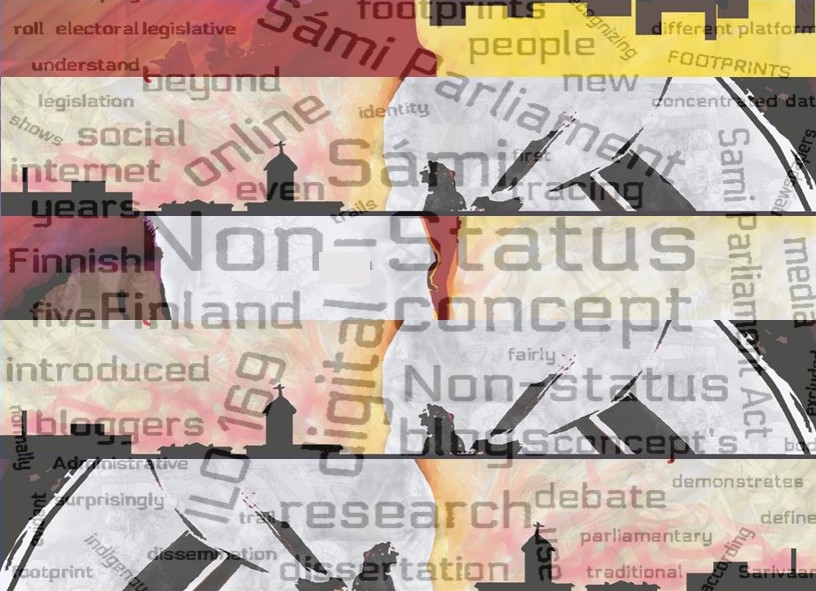The Digital Footprints
The internet is today the place where new ideas and concepts are introduced, circulated, debated and adapted for everyday use. We studied how a new academic concept, “Non-Status Sámi”, has been disseminated and taken up in Finland by tracing up the concept’s “digital footprints” across different online platforms. Our research demonstrates that the concept spread surprisingly fast beyond academia, and in just five years, found its way even into formal legislative debates and documents.
The concept of Non-Status Sámi was introduced for the first time in Finland in 2012, from a PhD dissertation written by Erika Sarivaara. In the dissertation, the Non-Status Sámi were defined as people of Sámi descent, who are excluded from the electoral roll of the self-governmental body of the indigenous Sámi people. In Finnish legislation there are no “Status Sámi”, however, and according to the Sámi Parliament the Non-Status Sámi are Finns.
The bloggers presented the Sámi Parliament as an oppressor of the Non-Status Sámi by not recognizing their ethnic identity.
Our research concentrated on tracing the concept’s digital footprints in social and other digital media. A digital footprint is a trail of data one creates while using the Internet. Although it normally refers to the trails that individual users leave on the internet, we use it to describe and understand how the concept of “Non-Status Sámi” has travelled online, mainly in blogs and digital newspapers and journals, and how it has subsequently been used in political and academic discourses in Finland.
The research material shows how, since its inception, the concept of Non-Status Sámi spread both widely and rapidly beyond academia, and that its online dissemination was advanced actively by a fairly limited number of highly engaged bloggers. The bloggers presented the Sámi Parliament as an oppressor of the Non-Status Sámi by not recognizing their ethnic identity. Interplay between social and traditional media was also evident. In just five years, the concept had spread into parliamentary committee documents, speeches in the Finnish Parliament, and even documents of the Supreme Administrative Court.



